Final year project
Monitoring the health of household cats from home through diet &… [Read more]
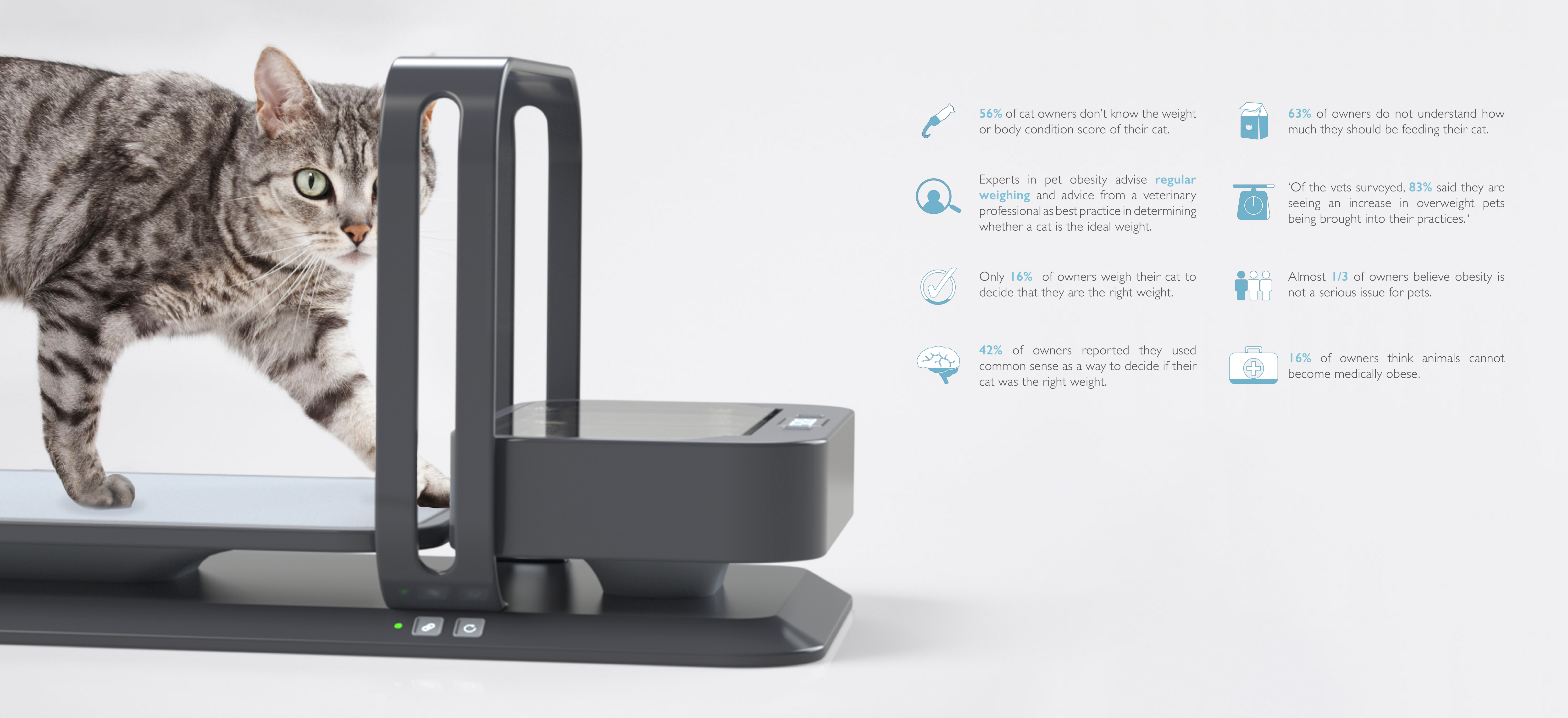
FYDP - Monitoring the health of household cats from home through diet & weight.
The proposed design aims to improve the health and well-being of a domestic cat by helping to identify the early stages of illness though abnormal bodyweight trends and through a reduction in obesity by reactive feeding.
The daily weight readings are captured automatically without user involvement and are sent to an app where they are stored and displayed in a simple interface. The data allows owners to see how much the cat currently weighs and the relevant weight trends. If abnormal trends occur, such as sudden unexplained weight loss, the app will display a notification to seek medical advice. The weight history and trends can then be shown to a veterinary professional who would use the information to aid diagnosis or to use the data as evidence for further investigation if merited.
Reactive feeding uses the bodyweight data to alter the app-based food serving suggestions. For example, if a cat is over its ideal weight (based on the predictive model by Campigotto et al - 2019) there will be a reduction in the food serving quantity by a certain percentage, which is calculated by the type of food, current body weight and a body condition score. This is then implemented and prompted by the app and the percentage will change over time as the bodyweight changes, i.e. if the weight loss is too severe or has been reached the percentage will be altered until stability has occurred.
The design features a microchip sensor that is used to identify if the correct pet is on the correct system. If the correct cat is present a motor will open the pet bowl lid allowing access to the food. This controlled access allows the diet to be monitored and tailored on an individual basis, unlike open access pet bowls in multi-pet households where different animals can consume the wrong food type or portion.
The feeder features an inbuilt weighing scale that can be used for greater accuracy when portioning the serving suggestion. The feeder houses 2 removable steel bowl inserts that can be removed for cleaning. To further aid cleaning the top silicone surface of the bodyweight scales is fully detachable.
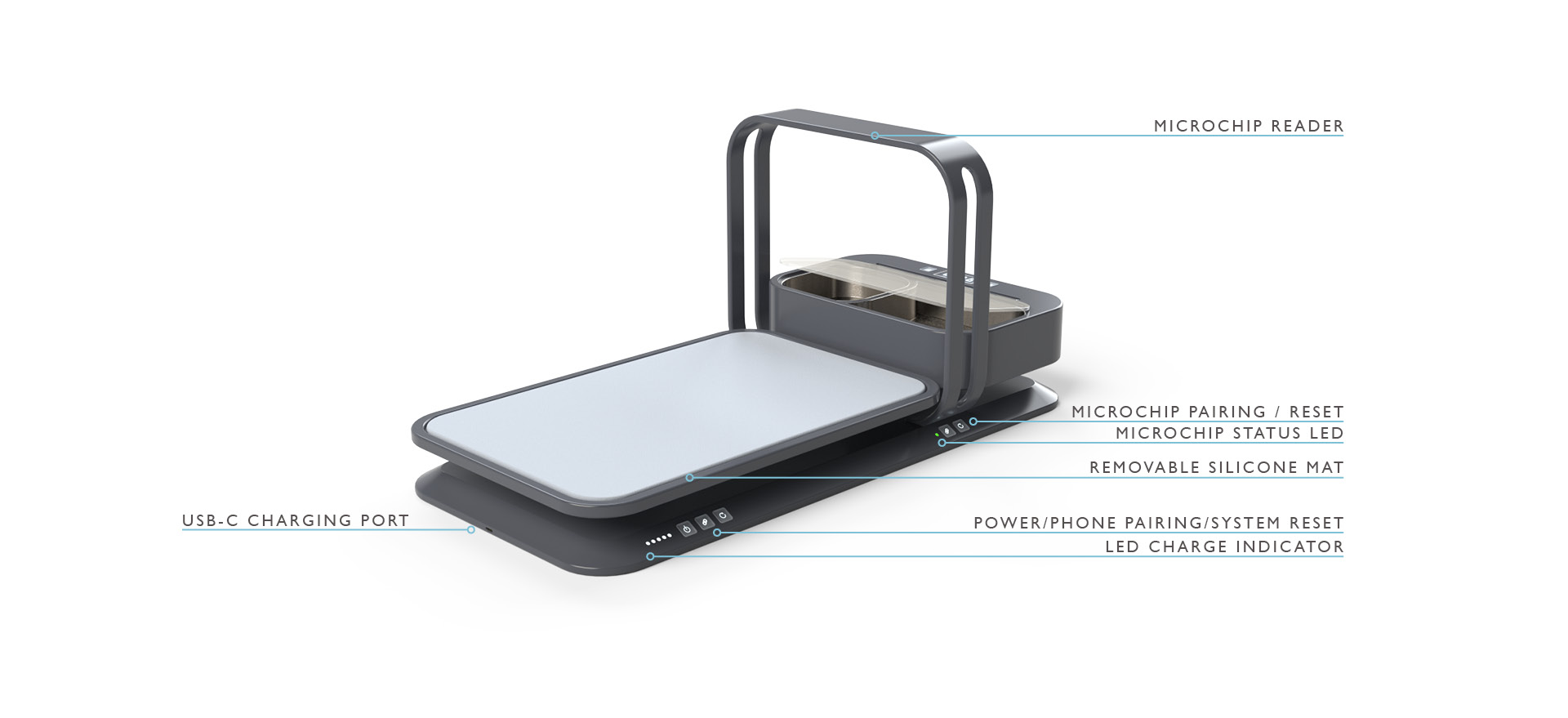

System Features
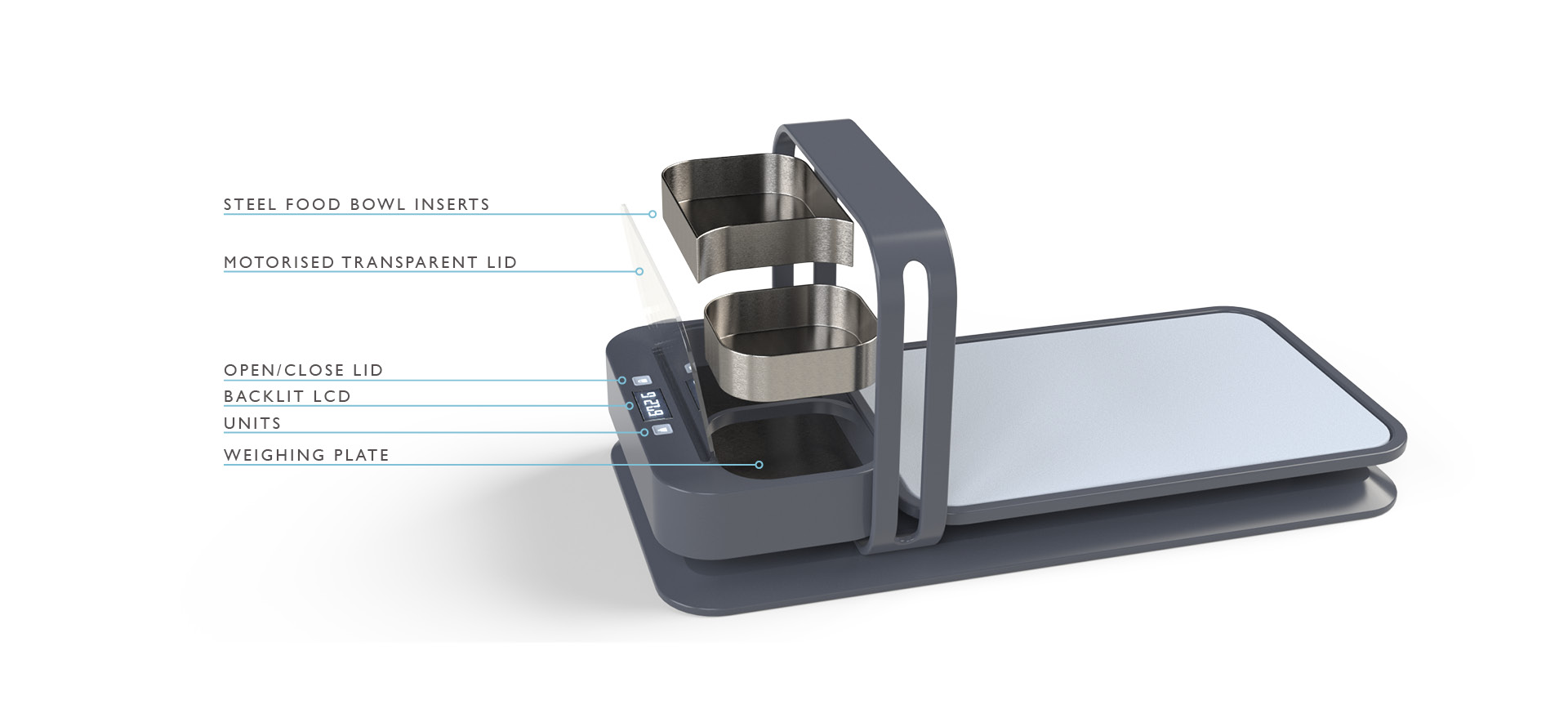

Bowl Features
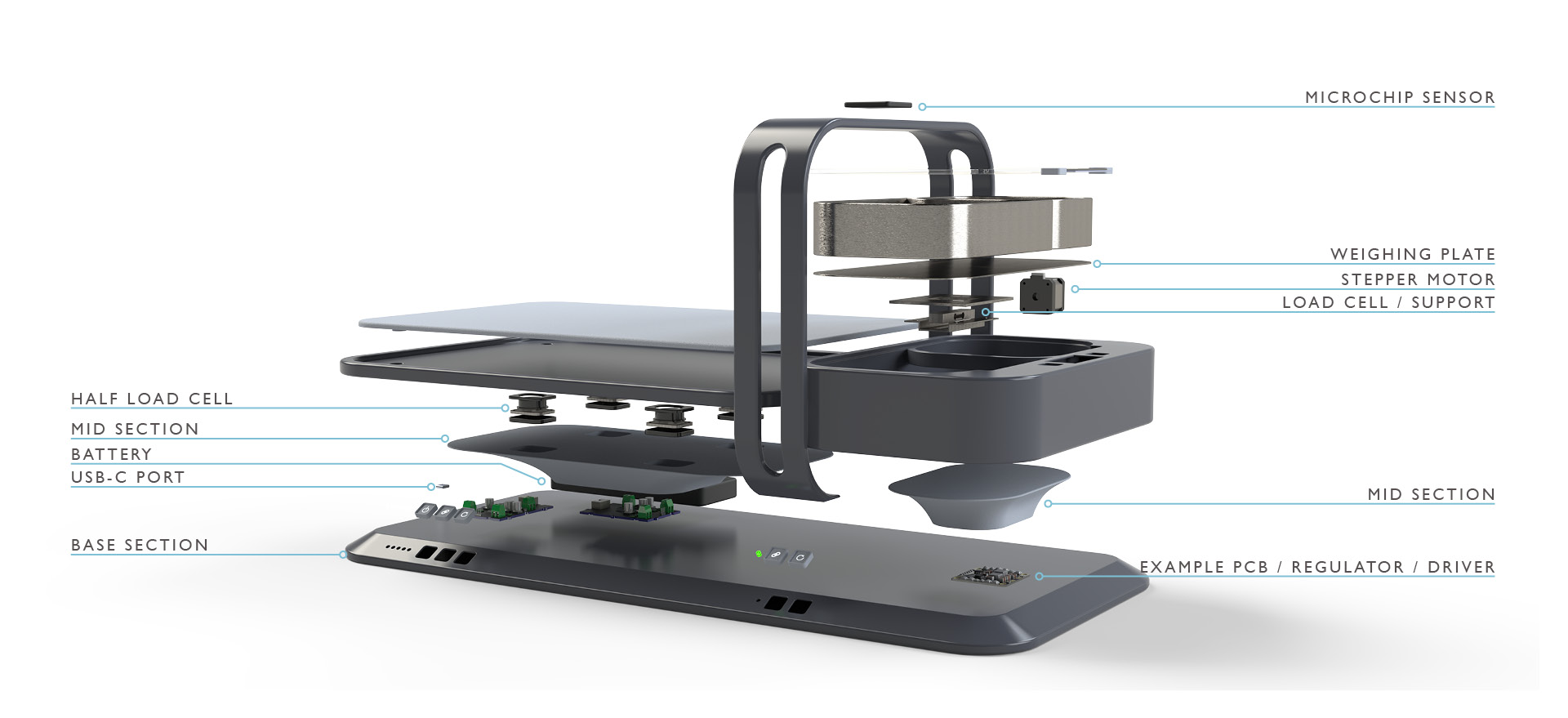

Assembly
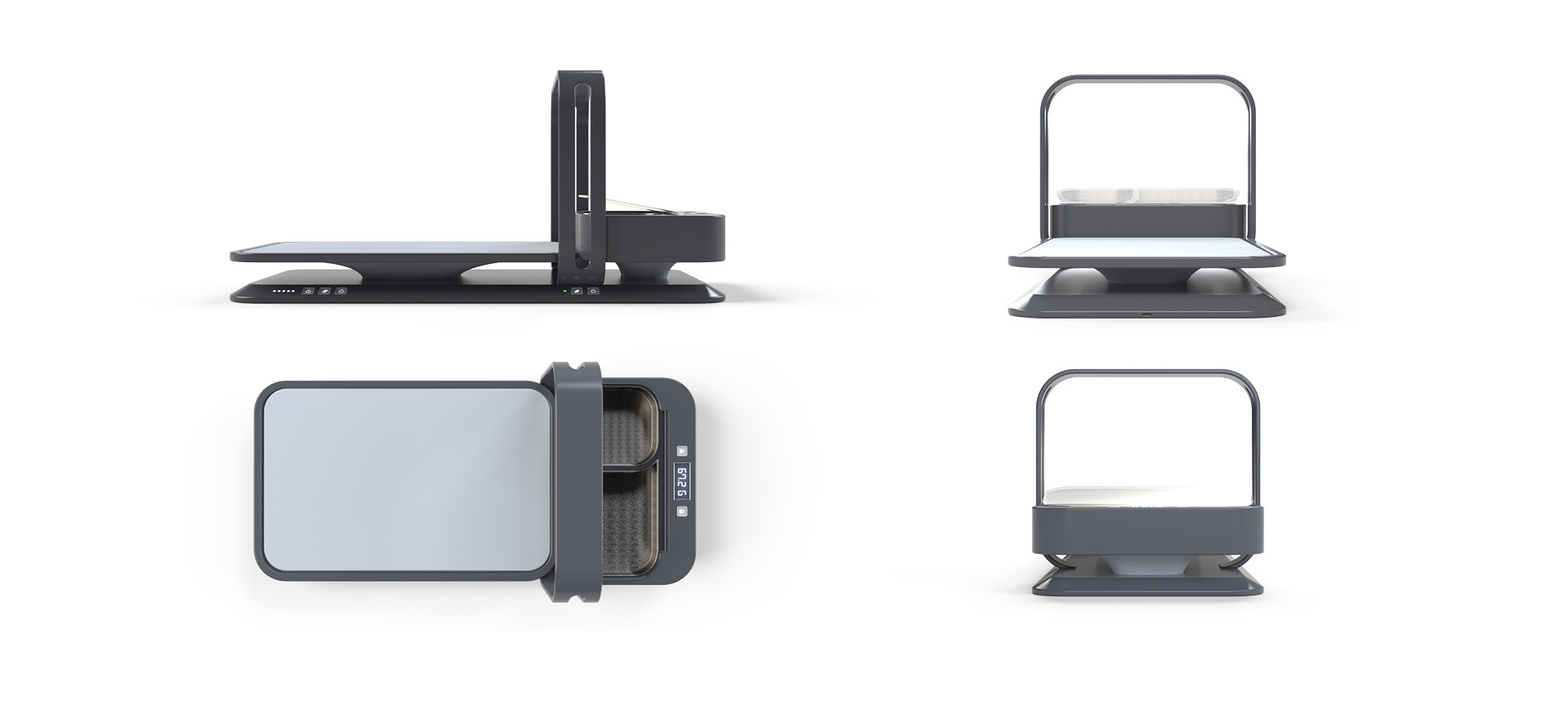

Elevations
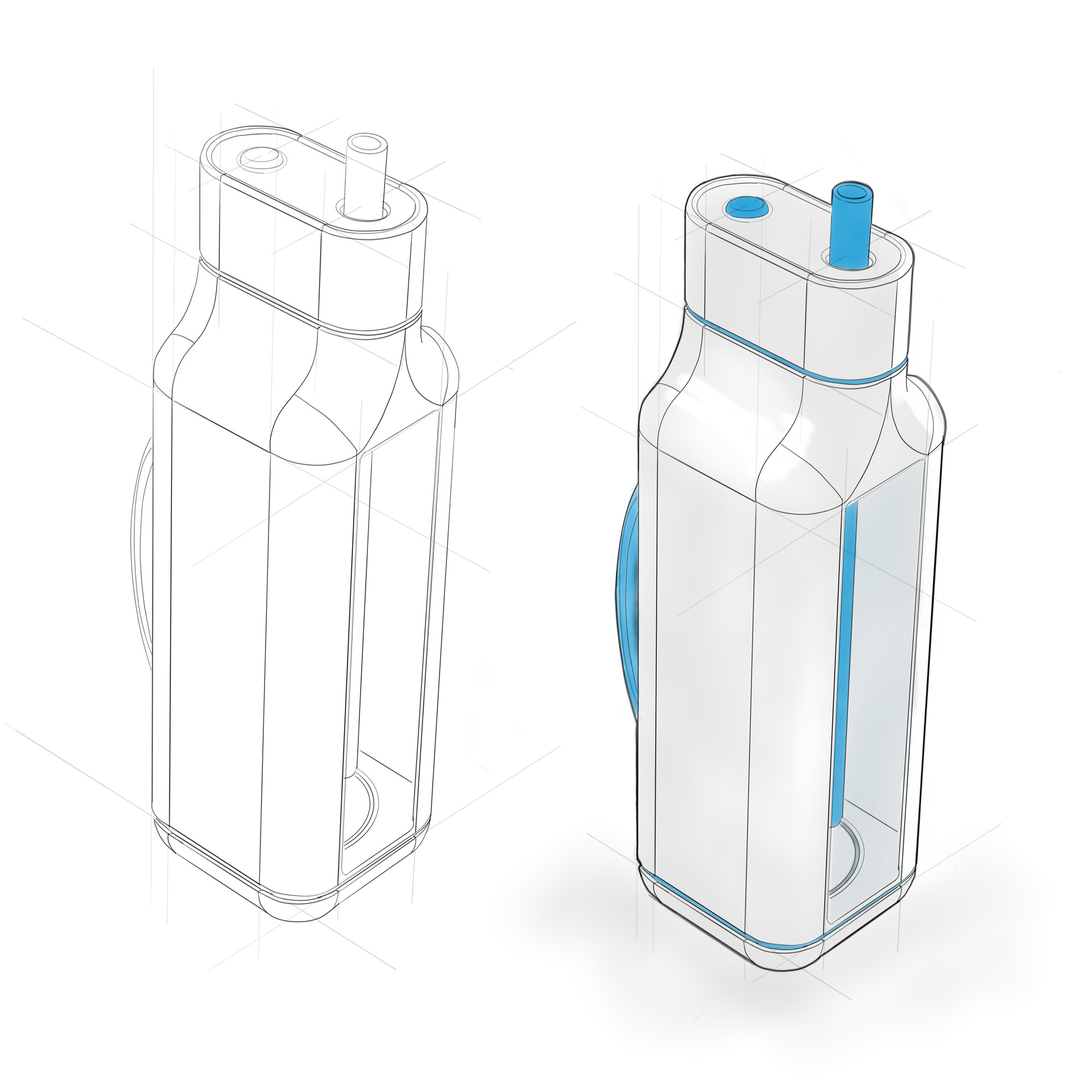

Internet Of Things
The Brief.
Identify an opportunity for an ‘internet of things' (IoT) product for which the industrial design is dedicated to a clearly defined context e.g. healthcare, leisure, sport, security, travel. This opportunity may be based around current needs or projected up to five years into the future. Revolved forms must not be used.
The Idea.
To design a smart water bottle for performance athletes that monitors hydration and the intake of salt vitamins & minerals, and shares quantitative data that builds a profile of what, and how, they are drinking.
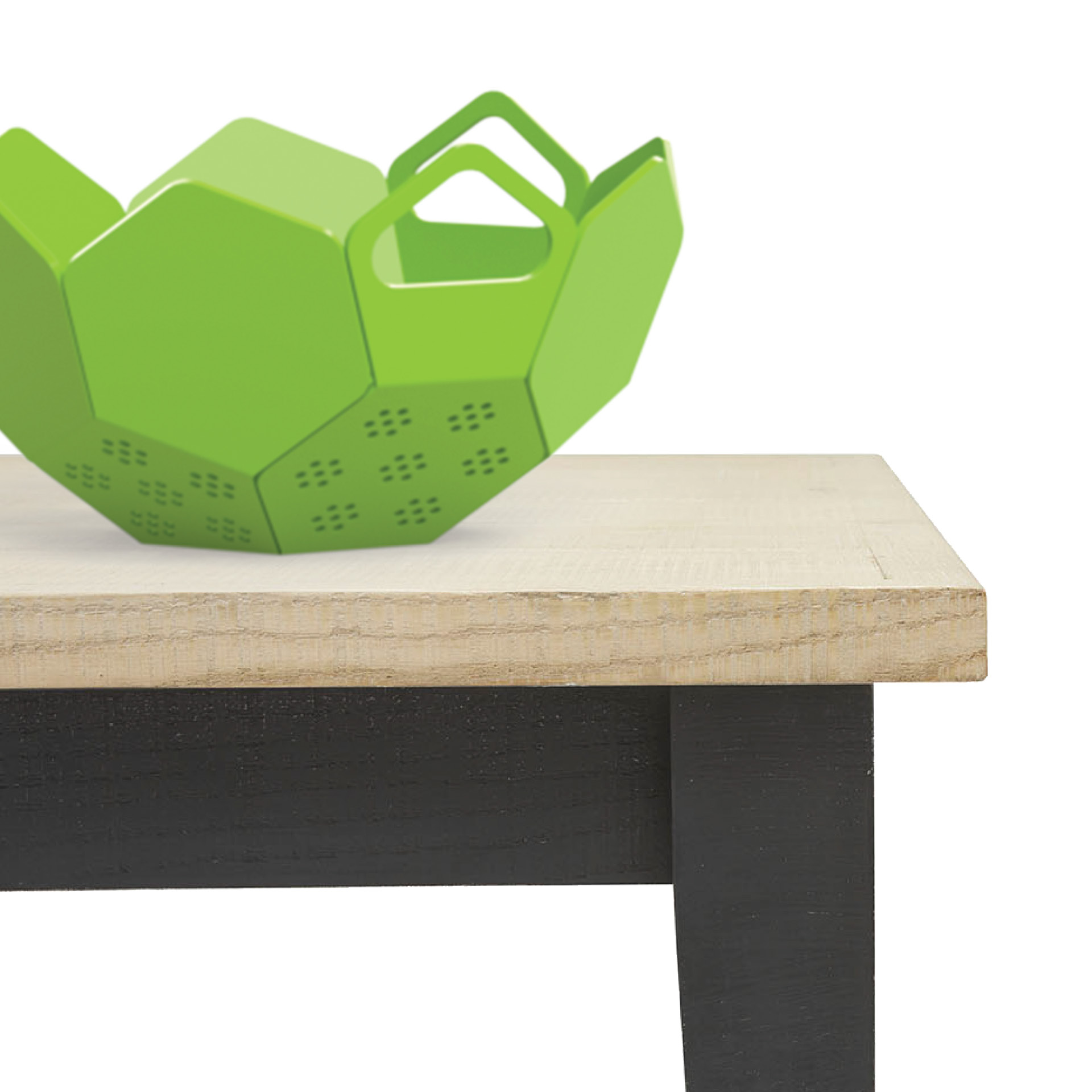

Design Week
The Brief.
Using a live hinge or hinges I was tasked with designing a homeware product for student accommodation that must be capable of compact Storage. The predominant material must be polypropylene (PP), with the exception of fasteners and/or special purpose componentry.
The Idea.
A polypropylene colander with 15 live hinges. The products the natural state is flat, therefore allowing a traditionally bulky item to fit into a draw with items such as chopping boards. As the PP is injection moulded around strip magnets, it allows the colander to simply snap together quickly & easily due to the precise geometry of the part.
Ross Pitcher
I am dedicated and passionate about design, right from the initial thoughts through to the final outcome. I am highly motivated & creative, excelling at problem solving & ideation.
I have chosen to focus my Final Year Design Practice around pet health. This is due to the ever-increasing demand for innovation, including more choice of automated products, as well as technical products that can be linked to an app. (Mintel Report, 2019)
The brief was to design a domestic cat weighing/feeding hub that allows the automated data capture of an animal’s weight and food intake to provide an adjustable diet or an early indication of potential health issues.
Throughout my 4 years at Loughborough University I have also completed numerous projects in areas ranging from User Centered Design, Design Research, Prototyping, 3D Printing, Injection Moulding, Mechanics & Electronics.
Final year project
Monitoring the health of household cats from home through diet & weight.
Work Experience
Pavegen, London - Design Engineer Intern (12 months), Freelance Designer (3 Months).
Pavegen is a smart flooring system that transfers the kinetic energy of pedestrians into clean renewable electrical energy and data. As people step on the top surface, their weight causes generators underneath the tiles to rotate, generating off-grid power via electromagnetic induction. The walkways are equipped with wireless technology to transmit data on how people are interacting with them. The technology can also connect to people’s smartphones, showing how much energy is being harvested and converting this into rewards and permission-based relationship data.
During my time at Pavegen, I was fortunate enough to experience a wide range of challenges that enabled me to utilise and develop my skills. These opportunities ranged from producing a wide range of concepts for many global companies, meeting with clients and travelling to Washington D.C to oversee an installation. I was also lucky enough to see my ideas and design work come to life in real-world installations and applications.
WMP Creative, Oxford - Work Experience
WMP is a global creative agency, specialising in product design, sports events, exhibitions, digital media, graphic design, film & creative campaigns. I was lucky enough to visit their product design team in Oxford for 2 days of work experience. I gained valuable insights into the design process, contributing to ideation & user testing.
Iterign, Newbury - Work Experience
Iterign is a product design & manufacturing consultancy where I was able to gain 4 days of work experience. During my time here I was tasked with developing the packaging for a recent product, gathering design research & helping with the assembly of prototypes. I also gained my first ever insight into CAD, where I was able to 3D print my CAD file at the end of the week.